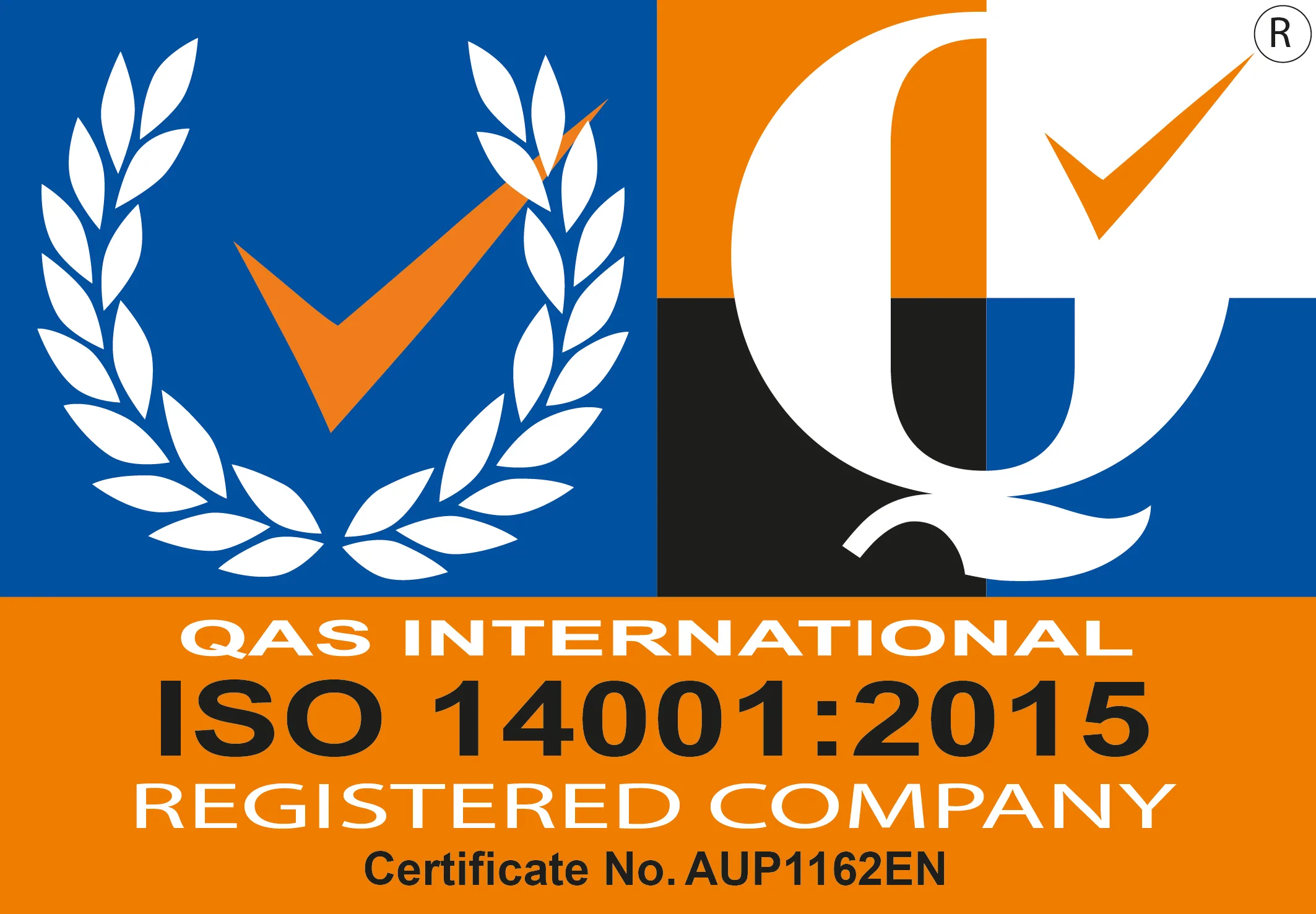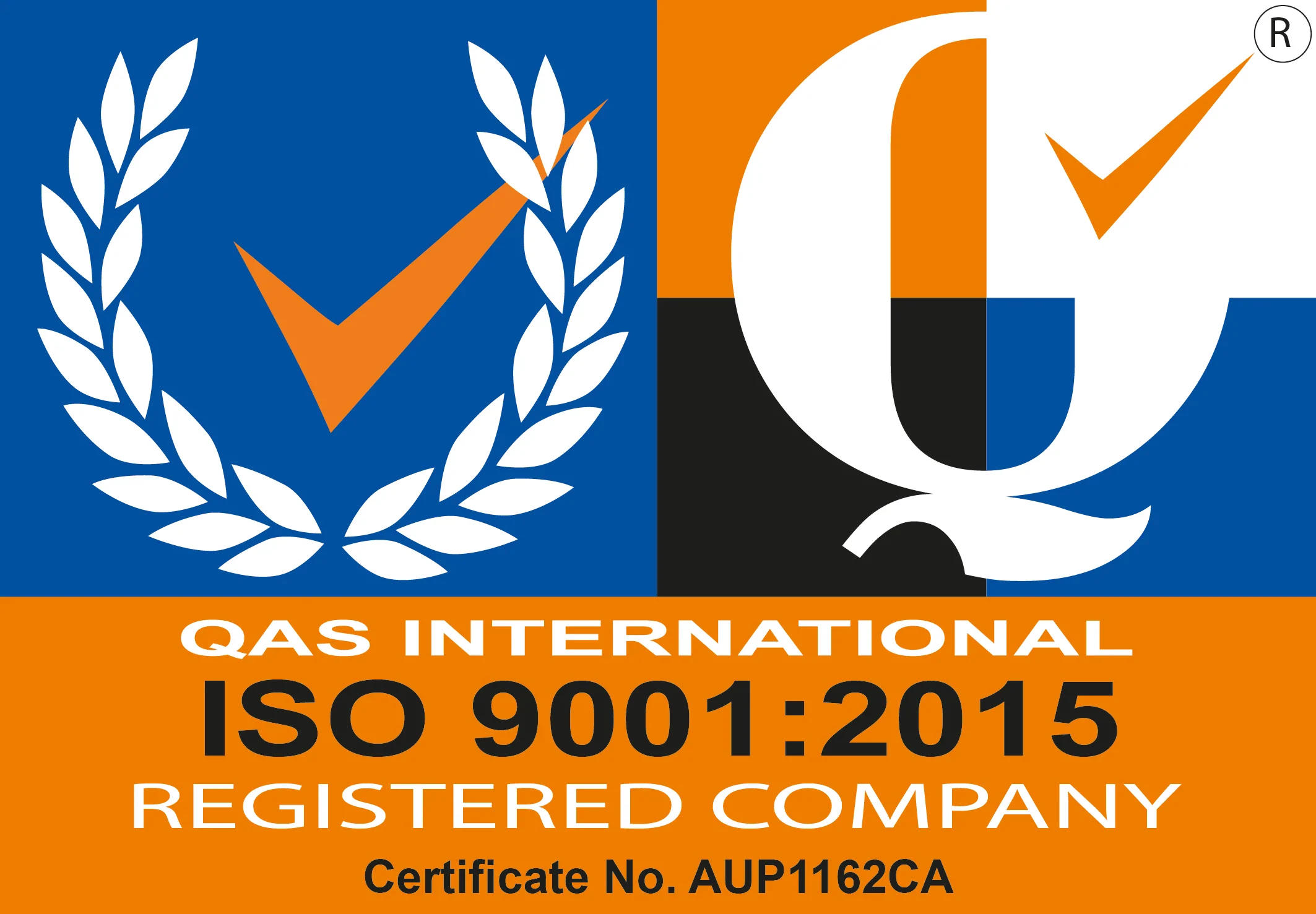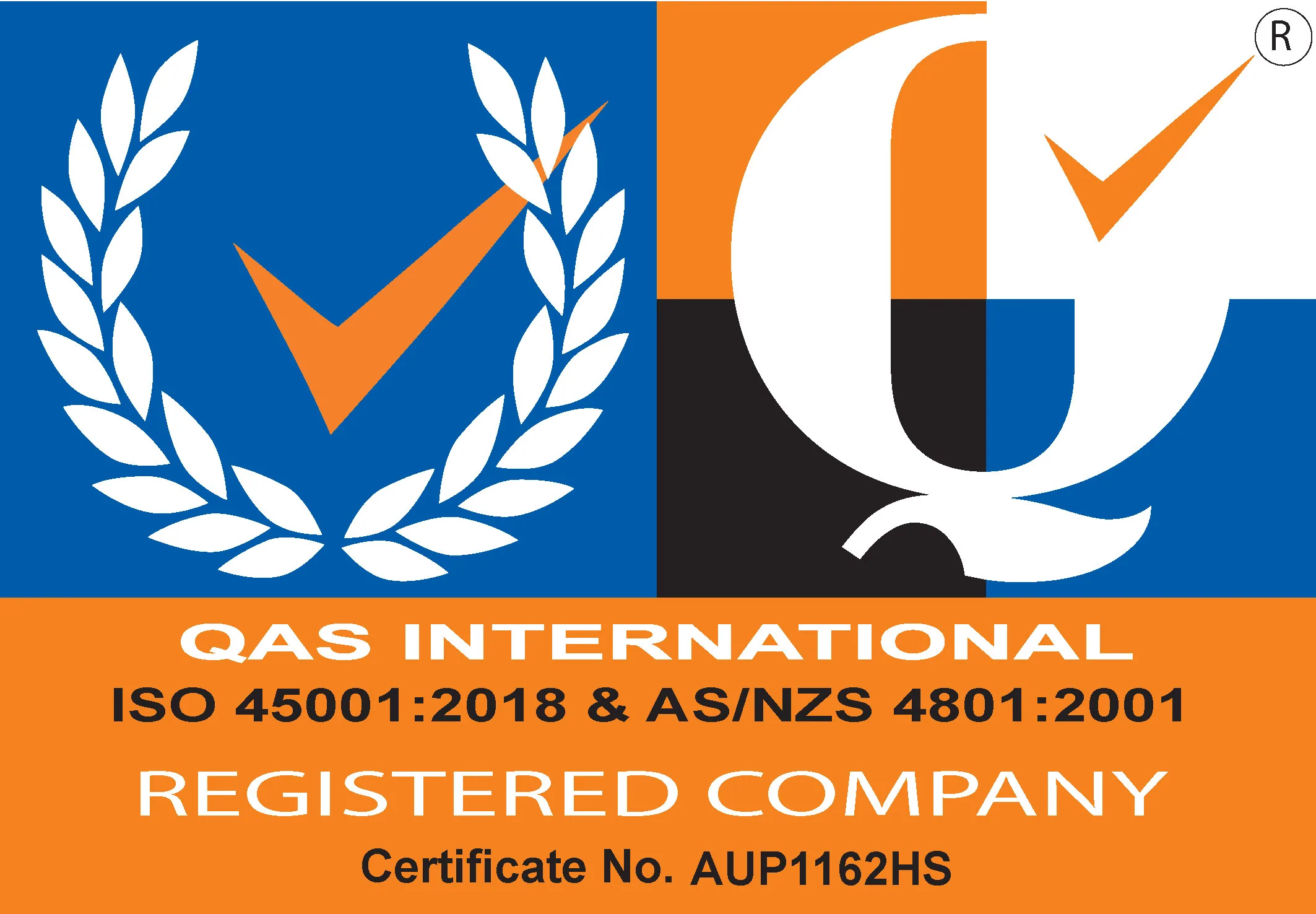Products / Stormwater Pipe & Fittings / EnviroStorm® HDPE SN8 Pipes / EnviroStorm® HDPE SN8 Pipe 150mm
✓ Australian Made
✓ Light Weight
✓ Cost Effective Solutions
✓ Long Life
✓ Easy Installation
✓ Chemical Corrosion Resistance
✓ Effective Roughness
✓ Abrasion Resistance
✓ UV Resistance
✓ Resistance to Micro-Organisms
EnviroStorm® is a leading high-density polyethylene (HDPE) corrugated pipe solution specifically designed for efficient stormwater management. When it comes to stormwater management, the HDPE SN8 EnviroStorm® Pipe 150mm offer a high-performance solution. With their exceptional strength, durability, and joint integrity, these pipes provide a reliable and cost-effective option for your long-term drainage needs. Convic Australia, as an authorized seller of EnviroStorm®, delivers reliable and technologically advanced products for efficient stormwater management. Secure the future of your stormwater infrastructure by choosing EnviroStorm® and partnering with Convic Australia.
EnviroStorm® HDPE corrugated pipes offer numerous benefits for stormwater management. With exceptional strength, durability, and joint integrity, these pipes ensure long-term cost-effectiveness and reliability. They provide optimal performance in stormwater conveyance, effectively handling heavy loads and resisting deformation. The watertight joints of EnviroStorm® pipes eliminate the risk of leakage, ensuring efficient and reliable stormwater infrastructure.
Convic Australia is a trusted provider of the EnviroStorm® HDPE SN8 pipe solution. We offer a comprehensive range of products designed to meet the critical demands of stormwater engineering design and construction communities. Our commitment to quality and reliability ensures that you receive high-performance solutions for your stormwater management needs.
EnviroStorm® HDPE corrugated pipes are at the forefront of stormwater management technology. Manufactured with the highest quality materials and advanced manufacturing processes, these pipes provide superior performance in moving stormwater and wastewater. The co-extruded twin-wall design of EnviroStorm® pipes delivers a high stiffness to weight ratio, making them ideal for non-pressure applications. Their smooth bore inner layer and corrugated outer layer further enhance their performance and efficiency.
Convic Australia is an authorized seller of EnviroStorm® HDPE SN8 Pipe 150mm. Our team of experts will work closely with you to assess your stormwater management requirements and provide tailored solutions using EnviroStorm® pipes. With our expertise and high-quality products, we ensure that your stormwater infrastructure meets the highest standards of performance, durability, and cost-effectiveness. Contact us for more information!
Nominal Diameter (DN) |
Outside Diameter (mm) |
Internal Diameter (mm) |
Nominal Overall Length (mm)
|
Length (SP/ SO) Effective Length (mm)WA |
Nominal Overall Length (mm)
|
Length (SP/ SO) Effective Length (mm)QLD & VIC |
Weight (KG) |
Stiffness Class (SN) |
Jointing Method |
| 150 | 160 | 138 | 6000 | 6000 | NA | NA | 10 | 8 | Rubber Ring |
Overall and effective lengths may change without notice
Measurements are approximate and subject to change without notice
*Also Available with an electro-fusion joint (WA only)
From 1050-4000 different stiffness ratings can be manufactured (WA only)
Enviropipes manufactures storm water pipe systems (Enviropipes Stormwater Pipes) in diameters from 100mm up to 4000mm which provide outstanding storm water management capacity as well as out performing other storm water systems. High Density Polyethylene (HDPE) pipes collect storm water runoff through a surface inlet and drain it to an appropriate outlet. Storm water systems can be small and simple, such as that used for a modest housing development, to complex systems used in metropolitan areas serving a combination of residential, commercial, and industrial developments.
Incorporating engineered pipe, catch basins, and curb inlets, a sound storm water management system will keep parking lots well drained and prolong the service life of the paved structure.
A sub-drain system is an underground network of piping used to remove water from areas that collect or retain surface water or groundwater. The network can be small, such as those used to drain a limited area, or large draining a sizable number of acres.
Surface water can be collected into the sub-drain system by installing a surface inlet or catch basin. Groundwater
is collected by allowing water into the pipe through perforations. Both surface water and groundwater can be discharged to an appropriate outlet.
Enviropipes High Density Polyethylene (HDPE) Culverts are manufactured from 100mm up to 4000mm ID and can be used on any main road network such as access roads to mine sites or river crossings. Our non-corrosive culverts are also suitable for rail networks as they offer a high stiffness to weight ratio making them easy to install.
Enviropipes Stormwater Pipes can be used for site drainage and underground water storage. The use of Enviropipes Stormwater Pipe is advantageous as the rubber ring jointed pipes require no further welding or couplings. Our pipe offers high resistance to abrasion and corrosion which is important when considering installing into aggressive soils.
The extremely low weight of Enviropipes Stormwater Pipes allows simpler and faster installation. Most cases no heavy machinery is necessary for the installation and handling of the pipes. Most of the handling can be done by an excavator on site or even by hand.
Storm water applications demand high performance and minimised cost. Enviropipes Stormwater Pipe is a competitively priced solution compared to alternate systems. Installation costs of High Density Polyethylene (HDPE) systems are generally lower than other pipe materials, due to its light weight and jointing systems. Fast installation minimises traffic disruption and other nuisance factors associated with underground installations.
HDPE (PE100) pipes have proven reliability across a range of applications of around 50 years. The Water Services Association of Australia (WSAA) Polyethylene Pipeline Code predicts a life in excess of 100 years before major rehabilitation is required.
Enviropipes Stormwater Pipes are rubber ring jointed which results in faster installation.
The installation time is shorter than other materials as the standard pipe lengths are between 5.5 to 6 meters long. Fewer lifts mean unloading and loading the pipes into position saves even more time. Longer lengths can be shop fabricated on request.
Enviropipes Stormwater Pipes are manufactured from HDPE (PE100) material and have excellent resistance internally and externally to protect against aggressive soils, chemicals and corrosion.
Due to its low roughness as shown in the graph below there is almost no accumulation on the pipe bottom, Enviropipes Stormwater Pipes and EnviroSewer® pipes have the ability to self purify. Low roughness has an important economic advantage as maintenance expenditure is kept to a minimum. Due to the low roughness the hydraulic properties are improved and smaller diameters are required compared to conventional pipe materials with the same flow rate. Enviropipes Stormwater Pipes and EnviroSewer® pipes convey flows up to 17% greater than concrete pipes, and up to 60% greater than corrugated steel pipes.
Polyethylene pipes are among the most abrasion resistant pipes in the world. This has been tested in the Darmstadt procedure and the results are shown in the diagram to the left and supports the quality of polyethylene pipes.
Commonly most natural materials and other plastics are degraded by weathering effects, particularly by the combined impact of short-wave ultraviolet radiation in sunlight and atmospheric oxygen. Black polyethylene pipes are permanently resistant to atmospheric corrosion and UV radiation, as the polyethylene used contains carbon black which acts as both a pigment and an ultra violet stabiliser. Thus the pipes can be used and stored outside without the pipe material being damaged.
Polyethylene is not nutrient media for bacteria, fungi and spores, so that the material is resistant to all forms of microbial attack as well as both sulphurous acid and sulphates
Important information for rubber orientation and cutting of Enviropipes Corrugated pipe from 225-750mm (Please make contact for cutting of all other sizes)
• During installation if the pipes need to be cut to special lengths make sure cuts are made to the centre of the valley only, also make sure to seal the airways when required before installing the last length of pipe (this applies to sizes between 225-750mm only).
• Install rubber in the correct orientation (as per below picture) in the last valley of the pipe and make sure surfaces are clean and lubricated with approved Enviropipes lubricant.
• Rubber notches should be installed in line with the airway of the pipe to avoid any leaks after compressing the rubber
into the socket.
Part 1: Structural design
Part 2: Installation
AS/NZS 2566.1:1998 sets out a practice for the structural design of buried flexible pipelines which rely primarily upon side support to resist vertical loads without excessive deformation. The interactive pipe/embedment structure is considered only in the transverse direction. Structural performance is predicted in the long-term for pipes in trenches and embankments but not for jacked or bored lines. For the purposes of this Standard, the long-term design basis is 50 years, to take account of creep and other time dependent effects. The equations used in this Standard apply to pipes with outside diameters equal to or greater than 75 mm, initial ring-bending stiffness equal to or greater than 1250 N/m/m and long-term ring-bending stiffness equal to or greater than 625 N/m/m.
This Standard provides methods and data for calculating the response of a pipe to loadings from—
(a) Soil;
(b) Superimpositions on the soil; and
(c) Both positive and negative internal pressures.
AS/NZS 2566.2:1998 specifies requirements for the installation, field testing and commissioning of buried flexible pipelines with structural design in accordance with AS/NZS 2566.1. These pipelines rely primarily upon side support to resist vertical loads without excessive deformation by adopting an elliptical shape.
Part 1: Polyethylene and polypropylene pipes and fittings for drainage and sewerage applications.
AS/NZS 5065:2005 specifies requirements for polyethylene (PE) and polypropylene (PP) pipes and fittings for sewerage and drainage applications, above and below ground, inside and outside of buildings, and is intended to be operating under gravity flow and the operating pressure is low. It includes requirements for both plain and structured wall pipes and fittings.
366/368 Settlement Road
Thomastown Vic 3074 Australia
Ph: (03) 9464 1655
sales@convicaustralia.com.au


